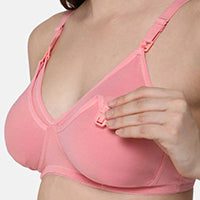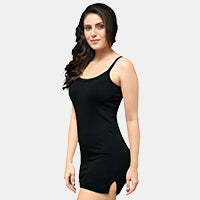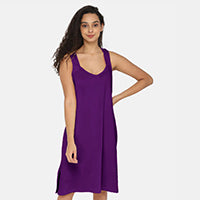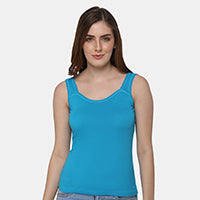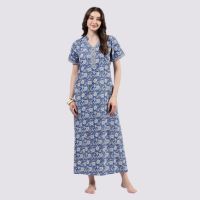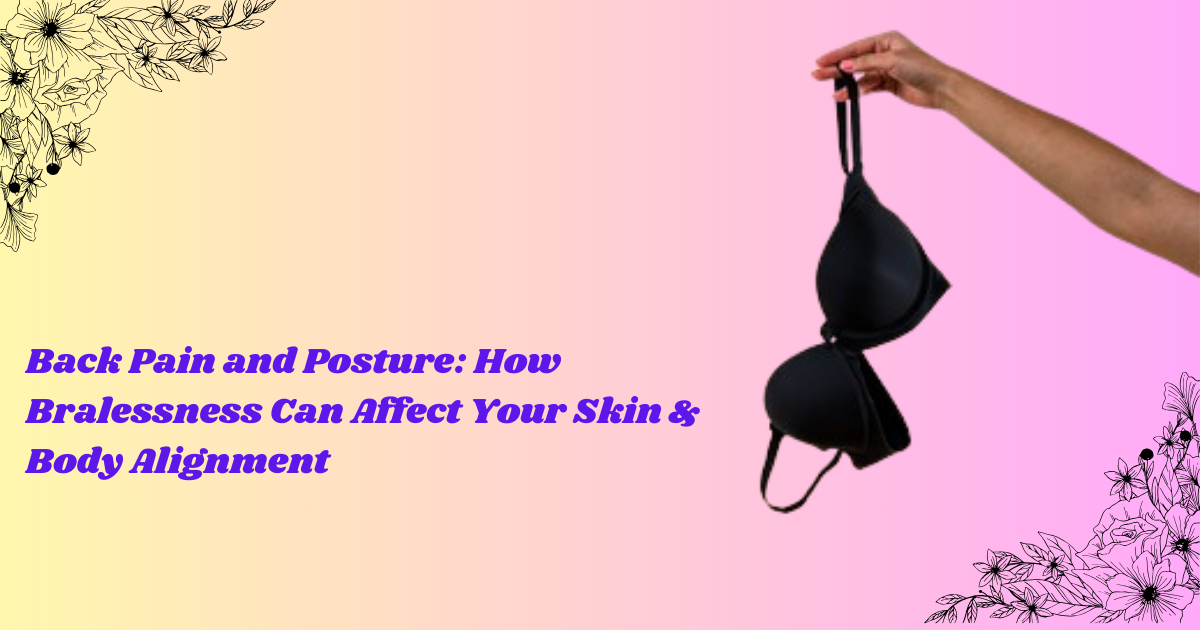Whether you're hitting the gym for a hard workout, going for a run in the park, or playing in your favourite sport, having the correct sports bra is essential for both comfort and performance. However, many women struggle to find the proper fit for sports bras. In this detailed guide, we'll go over the subtleties of sports bra sizing, explaining the importance of a correct fit and providing advice to help you pick the best sports bra for your needs.
The Importance of a Well-Fitted Sports Bra
Before we get into the specifics of sports bra sizing, let's first discuss why finding the perfect fit is so important. A properly fitted sports bra is more than just comfortable; it is an essential component of your sporting gear that can affect your performance and general well-being.
- Support and Stability:
A sports bra's primary role is to give support and stability while performing physical activities. Whether you're doing high-impact or low-impact workouts, the correct sports bra will reduce breast movement, relieve discomfort, and avoid long-term injury to the ligaments that support the breasts.
- Comfort and Confidence:
A comfortable sports bra allows you to concentrate on your training without being interrupted by unpleasant straps, chafing, or an ill-fitting band. Feeling confident in your sports bra can increase your self-esteem and willingness to complete difficult tasks.
- Preventing Injuries:
Wearing the improper size sports bra can cause shoulder and back pain, irritation, and even serious injuries. A well-fitted sports bra evenly distributes the weight of your breasts, relieving pressure on your back and shoulders.
Also Read: How to Find the Right Sports Bra for Optimal Comfort and Health
Understanding Sports Bra Sizing
To choose the ideal sports bra, you must first grasp the major size components and how they contribute to a pleasant and supportive fit. Here are the main elements to consider:
- Band Size:
The majority of the sports bra's support comes from its band. To find the proper band size, measure around your ribcage just below your bust. Make sure the tape measure fits snugly but not too tight. If the measurement is odd, round it up to the next even number. This rounded-up figure represents your band size.
- Cup Size:
The cup size is proportional to the volume of your breasts. To determine your cup size, measure around the widest region of your bust, keeping the tape measure parallel to the ground. Subtract your band size from the given measurement. The difference in inches correlates to your cup size (for example, 1 inch = A cup, 2 inches = B cup, etc.).
- Strap Adjustment:
The shoulder straps play an important function in giving extra support. Make sure the straps are flexible so you can customise the fit to your body. Adjust them to a suitable length that offers support without poking into your shoulders.
- Underwire vs. Wireless:
Some sports bras include underwire for extra support, while others are wireless for a more comfortable fit. Choose according to your unique preferences and comfort level. If you use underwire, be sure it does not poke or dig into your skin.
- Material and Stretch:
Consider the materials and stretch of the sports bra. Look for an absorbent fabric that is both supportive and breathable. A decent sports bra should allow for mobility while maintaining shape and support.
Tips for Finding Your Perfect Fit
Now that you've learned the fundamentals of sports bra sizing, here are some pointers to help you discover the perfect fit:
- Get Professionally Measured:
If you're uncertain about your size or have not measured yourself in a while, think about getting professionally measured. Many lingerie businesses provide free measuring services, guaranteeing that your measurements are correct and up to date.
- Try Before You Buy:
Sizing can vary between brands and designs, so try on sports bras before purchasing. If you shop online, make sure the return policy allows you to exchange or return bras that don't fit properly.
- Check for Proper Band Fit:
The band should be parallel to the ground and snug, but not restrictive. Two fingers should fit comfortably under the band. If it rides up or cuts into your flesh, the band is probably too large or too small.
- Assess Cup Coverage:
The cups should completely cover your breasts, with no releasing or gaps. If your breasts bulge out from the top or sides, the cup size is too tiny. However, if there is surplus fabric or wrinkles, the cup size is too big.
- Perform the Jump Test:
Before making a final decision, conduct a jump test in the fitting room. Jump up and down to see how effectively the sports bra reduces breast movement. If you're experiencing discomfort or excessive bounce, try a different size or style.
- Consider Your Activity Level:
Support levels vary depending on the activity. High-impact sports, such as running or aerobics, require more support than low-impact hobbies like yoga. To achieve the best comfort and performance, select a sports bra that is appropriate for your activity level.
- Replace Regularly:
Sports bras, like any athletic gear, have a lifespan. Regularly inspect your sports bras and replace them as needed, especially if you see symptoms of wear and tear, lack of elasticity, or discomfort.
Also Read: The Perfect Sports Bra: A Game Changer for Women in Fitness and Sports
Finding the proper sports bra is about more than just comfort and support; it's about improving your complete workout experience. Understanding the complexities of sports bra sizing and following these guidelines will allow you to confidently navigate the world of athletic bras and discover the best fit for your individual body. Remember that your body changes over time, so it's important to reassess your size and invest in sports bras that meet your changing needs. With the correct sports bra, you can maximise your potential, achieve your fitness objectives, and feel powerful during each session.
FAQs:
1. How do I measure myself for the correct sports bra size?
A. Measure your rib cage just under your bust for band size, then measure around the fullest part of your bust for cup size. Subtract the band from the bust measurement to determine cup size.
2. Why is a well-fitted sports bra important during workouts?
A. A properly fitted sports bra reduces breast movement, prevents discomfort, and protects breast ligaments from strain or injury during physical activity.
3. How often should I replace my sports bra?
A. Replace your sports bra when you notice loss of elasticity, discomfort, or visible wear and tear-typically every 6–12 months, depending on use.
4. What should I do if I’m between sports bra sizes?
A. If you’re between sizes, try both the smaller and larger size, and choose the one that feels snug but comfortable. Always check the fit with movement, like a jump test.
5. Does sports bra sizing differ between brands?
A. Yes, sizing can vary by brand and style. Always refer to the specific brand’s size chart and try on different options when possible.
6. What’s the difference between a sports bra and a regular bra?
A. Sports bras are designed for support and to minimize movement during activity, while regular bras focus on everyday comfort and shaping.
7. How tight should a sports bra fit?
A. A sports bra should feel snug but not restrictive. You should be able to fit two fingers under the band comfortably.
8. Can I wear a sports bra all day?
A. Yes, but choose a style that is comfortable and breathable for extended wear.
Popular Searches:
Bra for Women | Beginner Bra | Sports Bra | T-Shirt Bra | Saree Bra | Feeding Bra | Padded Bra | Backless Bra | Full Coverage Bra | Plunge Bra | Bridal Lace Bra | Tube Bra | Backless Bra | Black Bra | Cotton Bra | Cotton Panties | Womens Panties





